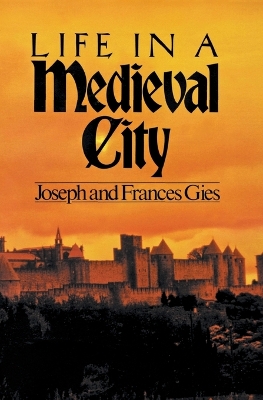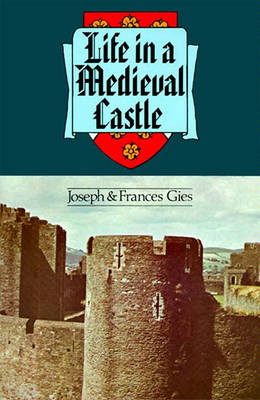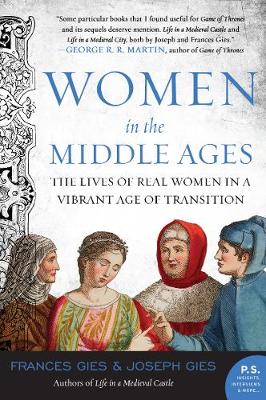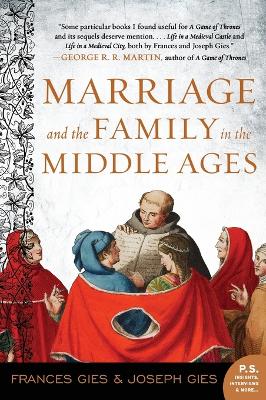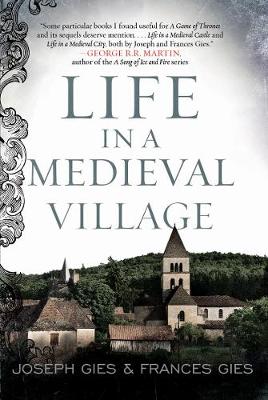Medieval Life
3 primary works • 8 total works
Book 1
There were schools for the children, though only boys could attend and the lessons were taught in Latin by a priest. The church was a hub of both religious and civic life; services were lively and filled with song, and baptisms and other special occasions brought neighbors together to celebrate. The weddings of wealthier townsfolk were lavish affairs full of song and dance and drinking that could sometimes last for weeks. "An excellently written account of what is known of the life of medieval burghers."-Library Journal
Book 2
In the late 18th century, Members of the English gentry - a tiny group of roughly 1,000 households sandwiched between the ruling nobility and the peasants, and a rough analog for the contemporary "middle class" - the Pastons' experience, recorded
Covering the years from 1421 to 1484, and the lives of three generations of Pastons, the Gieses provide a rare window into the day-to-day life of this family, and the broader political and social goings-on of medieval England. We learn Readers are also treated to accounts of locally significant historical events, such as the Siege of Caister and the Battle of Barnet.
Book 3
We learn of the essential role of honor in medieval culture, the initiation process undertaken by knights, and how castles attempted to keep the constant threats of outside violence at bay. Exhaustively researched and as engaging as any novel, Life in a Medieval Castle is the definitive text for anyone wishing to learn more about this fascinating era.
Correcting the omissions of traditional history, this is "a reliable survey of the real and varied roles played by women in the medieval period. . . . Highly recommended."--Choice
From bestselling historians Frances and Joseph Gies, authors of the classic “Medieval Life” series, comes this compelling, lucid, and highly readable account of the family unit as it evolved throughout the Medieval period—reissued for the first time in decades.
“Some particular books that I found useful for Game of Thrones and its sequels deserve mention. Life in a Medieval Castle and Life in a Medieval City, both by Joseph and Frances Gies.” —George R. R. Martin, author of Game of Thrones
Throughout history, the significance of the family—the basic social unit—has been vital. In Marriage and the Family in the Middle Ages, acclaimed historians Frances and Joseph Gies trace the development of marriage and the family from the medieval era to early modern times. It describes how the Roman and barbarian cultural streams merged under the influence of the Christian church to forge new concepts, customs, laws, and practices. Century by century, the Gies follow the development—sometimes gradual, at other times revolutionary—of significant components in the history of the family including:
- The basic functions of the family as a production unit, as well as its religious, social, judicial, and educational roles.
- The shift of marriage from private arrangement between families to public ceremony between individuals, and the adjustments in dowry, bride-price, and counter-dowry.
- The development of consanguinity rules and incest taboos in church law and lay custom.
- The peasant family in its varying condition of being free or unfree, poor, middling, or rich.
- The aristocratic estate, the problem of the younger son, and the disinheritance of daughters.
- The Black Death and its long-term effects on the family.
- Sex attitudes and customs: the effects of variations in age of men and women at marriage.
- The changing physical environment of noble, peasant, and urban families.
- Arrangements by families for old age and retirement.
Expertly researched, master historians Frances and Joseph Gies—whose books were used by George R.R. Martin in his research for Game of Thrones—paint a compelling, detailed portrait of family life and social customs in one of the most riveting eras in history.
